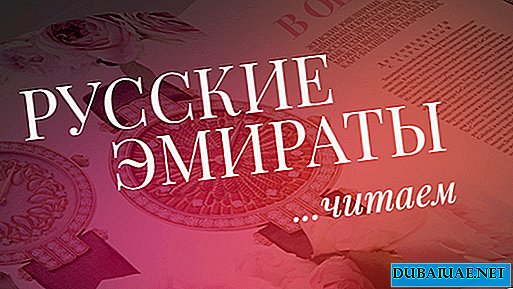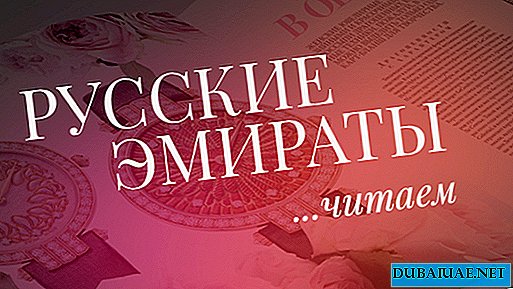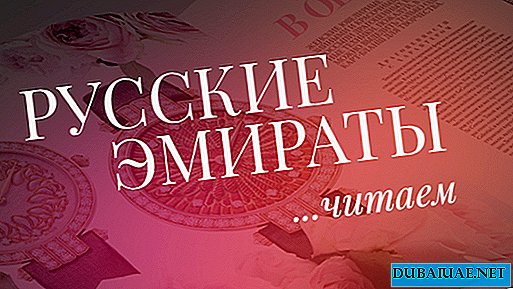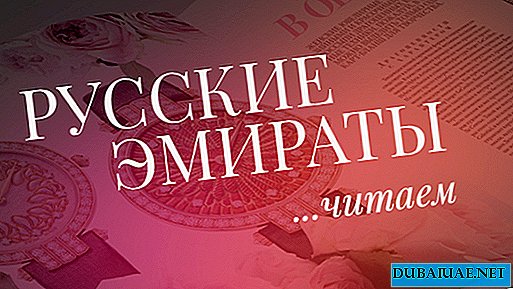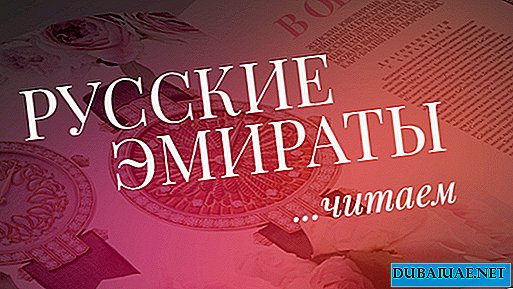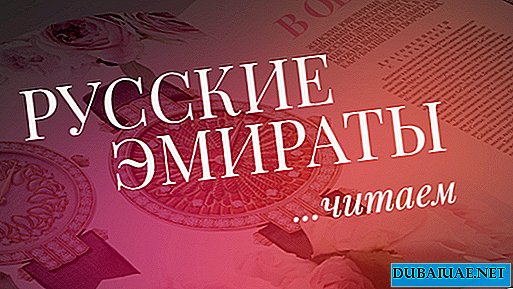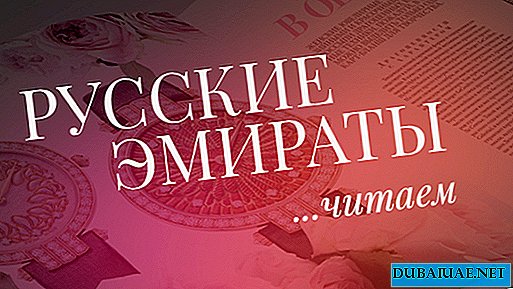 THE ART OF MECHENDI, OR THE TRADITIONAL PAINTING BY HENNA, KNOWN FOR ETERNAL TIMES. BUT IN THE BEGINNING, IT WAS USED FOR MEDICAL HEALING AND PROTECTION AGAINST EVIL SPIRITS. TODAY FROM THE DRIED LEAVES OF LAVSONY, ALL THE FREQUENTLY APPLYED FOR DECORATIVE PURPOSES. FOR example, IN THE MIDDLE EAST, A HENNA PAINT IS CONSIDERED AN INTEGRAL PART OF THE BRIDE IMAGE.
THE ART OF MECHENDI, OR THE TRADITIONAL PAINTING BY HENNA, KNOWN FOR ETERNAL TIMES. BUT IN THE BEGINNING, IT WAS USED FOR MEDICAL HEALING AND PROTECTION AGAINST EVIL SPIRITS. TODAY FROM THE DRIED LEAVES OF LAVSONY, ALL THE FREQUENTLY APPLYED FOR DECORATIVE PURPOSES. FOR example, IN THE MIDDLE EAST, A HENNA PAINT IS CONSIDERED AN INTEGRAL PART OF THE BRIDE IMAGE.
The mehendi rite is practiced from the western coast of North Africa, or the so-called Maghreb, to remote Indian provinces: here the ritual accompanies both solemn events and the everyday life of modern women.
Egyptians consider mehendi fashion trendsetters. In the time of Cleopatra, women using drawings from henna emphasized their sensuality and sexuality. According to tradition, on the night of the wedding, the bride went around the guests with a large ball of henna, inviting everyone to hold it in their hands. The ball returned to the girl’s hands, already encircled with coins and precious stones. On the Arabian Peninsula, the powder of Lavsonia has long been famous for its healing properties: "during the life of the Prophet Muhammad there was no such scratch or wound that henna would not be applied for healing purposes!" Henna was not only applied as an antiseptic to heal wounds and cuts, but was also used to make ointments that relieve back pain, migraines and rinses against stomatitis and abscesses. There is also evidence that the prophet used henna to treat and color hair.
Another excellent property of the powder is its cooling effect, which is especially true in hot climates. Desert residents, as you know, often simply immerse their legs and hands in a vessel with henna until it is completely absorbed, without worrying about the beauty of the patterns. But back to the wedding ceremony ... As a rule, the application of the ritual drawing takes place a few days before the holiday.
All women invited to the wedding gather in the bride's house to prepare her for her future marriage. The procedure can take up to six hours, during which the bride must sit in a chair without moving. Thus, her morale, vitality and willingness to endure all the hardships of marriage are manifested. Experts say that each line and every curl is an encrypted message to the groom. For example, he will be able to read about what secrets of marriage are known to the young. And, of course, to find their initials in bizarre patterns ... At the same time, it is believed that the deeper the paint penetrates the skin, the more young people will love each other. And the brighter the colors of the drawing itself - the more heirs you should expect a new family.
In each region, the drawings have their own characteristics. For example, India is characterized by massive lace patterns - a mix of religious motifs and symbols of fertility. In Indonesia, it is customary to almost completely cover the fingertips and feet. For the Arab region, and especially for the Gulf countries, floral patterns, geometric shapes and spirals are characteristic. At the same time, along with henna, the hidab natural pigment, which has a black tint, can be used as a paint.
Today, henna drawing is especially popular among tourists. But to decorate the body, they do not have to visit a beauty salon. Henna is painted both at the city fair and during a visit to the Bedouin village, a traditional tourist route through the Arabian desert.



